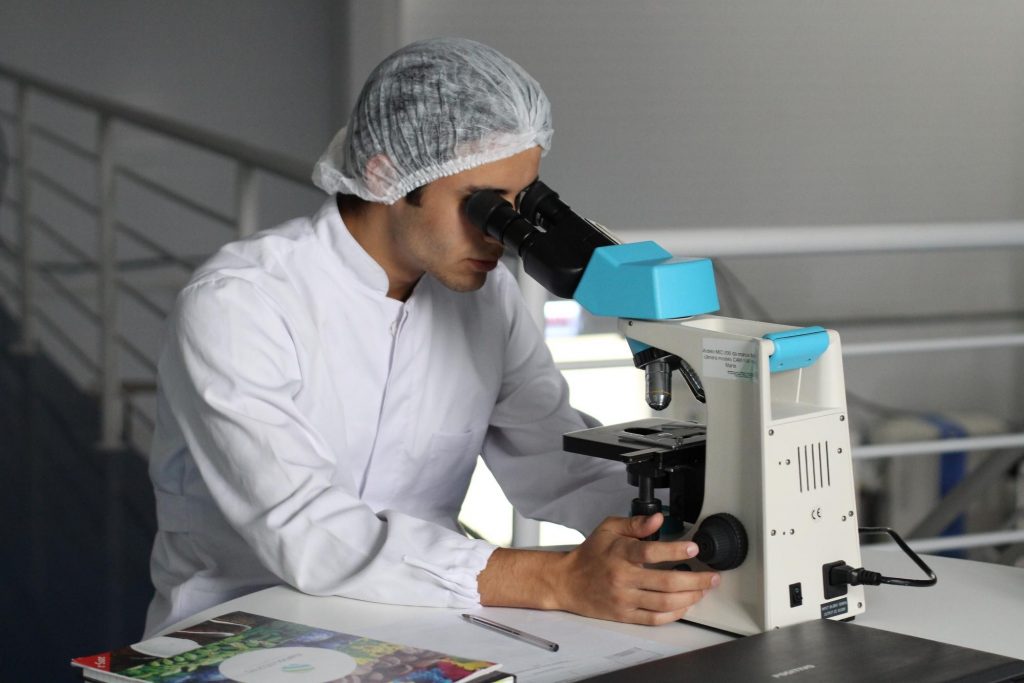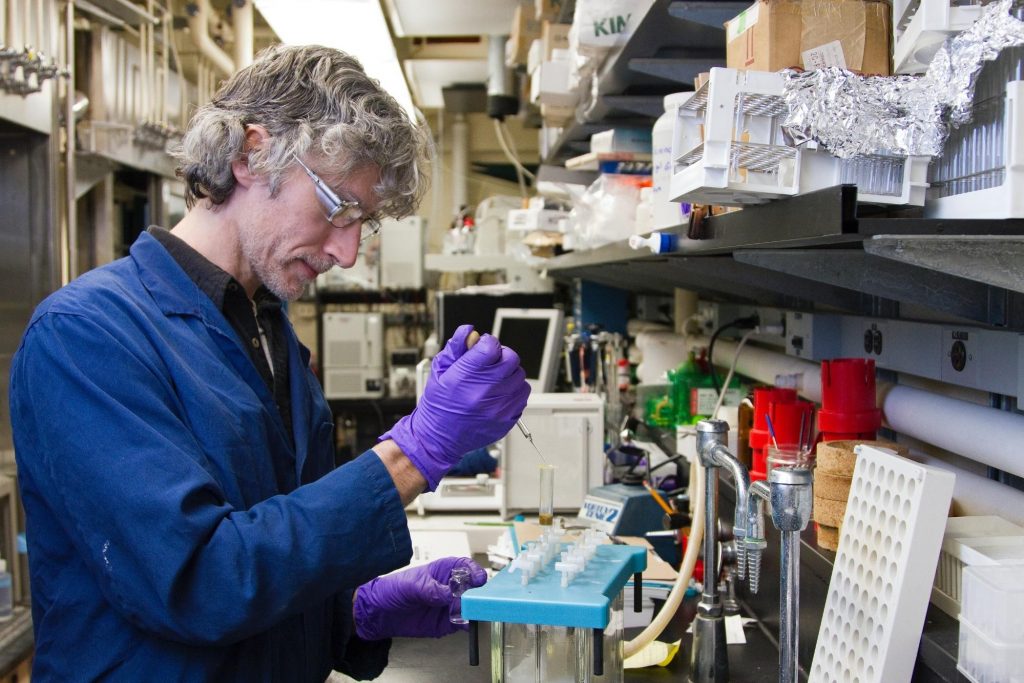October 29, 2021
How Safe Are Vaccines? | FDA Vaccine Approval Process
The Centers for Disease Control and Prevention (CDC) recommends that children, adolescents, and adults alike receive several vaccines throughout their lifetimes to prevent the development and spread of infectious diseases. Depending on your state, children may even be required to get certain vaccinations, such as vaccines for tetanus, diphtheria, hepatitis B, measles, mumps, and polio. In addition to required vaccines, several more are recommended, like those for hepatitis A, rotavirus, influenza, and Human Papillomavirus (HPV). Even as an adult, it’s recommended that you get a seasonal influenza shot as well as a tetanus booster every 10 years.
The purpose of these vaccines is to familiarize your immune system with potentially deadly pathogens that it can’t typically handle on its own. While the human body has a natural ability to fight off many germs and sicknesses, there are some serious disease-causing organisms that are too difficult to fight off under normal circumstances. Once your body is familiar with how to fight these pathogens, your body can build immunity to them. Vaccines for such viruses and diseases have saved countless lives, and past killers like polio and smallpox have been all but eradicated.
Vaccines are able to activate an immune response in a few different ways. They may be created using antigens, which are weakened or inactive forms of pathogens that trigger the body to create antibodies to fight them. They may also contain weakened toxins created by the target pathogen, or they may simply contain parts of a pathogen, such as its proteins. Some vaccines will contain other ingredients as well, such as stabilizers to keep the active ingredients working or adjuvants to help boost your immune response.
If you’ve ever asked yourself “how are vaccines made?” or wondered how safe they really are, you’ve come to the right place. Continue reading to learn more about the full approval process and the safety of vaccines.
It all starts with Research and Discovery (R&D).
 The U.S. Food and Drug Administration (FDA) is the regulatory authority for the United States that oversees the safety, quality, and efficacy of vaccines used in the country. The FDA’s Center for Biologics Evaluation and Research (CBER) ensures that all vaccine developers follow their scientific and regulatory advice during vaccine manufacturing in the U.S.
The U.S. Food and Drug Administration (FDA) is the regulatory authority for the United States that oversees the safety, quality, and efficacy of vaccines used in the country. The FDA’s Center for Biologics Evaluation and Research (CBER) ensures that all vaccine developers follow their scientific and regulatory advice during vaccine manufacturing in the U.S.
In the Research and Discovery stage, scientists develop their initial rationale for how a vaccine should work based on how the targeted infectious disease develops and spreads. Immune responses to these threats can usually be triggered through the methods described above, but in some cases, an mRNA vaccine may be necessary to help produce antibodies. Messenger RNA (mRNA) are the building blocks for creating proteins, though it’s important to point out that the mRNA from vaccines will not enter a cell’s nucleus, and therefore, the DNA is not changed.
Researchers move on to the pre-clinical stage.
Once the rationale for a new vaccine is formed, the advisory committee will suggest that researchers begin the pre-clinical testing phase. This may begin with in-vitro testing (like yeast growing in a petri dish or vial). The best vaccine candidates from in-vitro testing will then be used in animal testing. This is a crucial part of ensuring that a vaccine is safe for humans, whether it’s an influenza vaccine or one of the newer COVID-19 vaccines. Animals are chosen for testing based on their relevance to humans, the type of vaccine being developed, and the disease in question, and testing on animal cells is meant to ensure that the potential vaccine doesn’t accidentally make the infection worse.
The vaccine is tested in humans.
In order to identify and eliminate as many potential risks as possible, a new vaccine must undergo human testing before it can become a candidate for FDA approval and be administered to the American public. These clinical trials are generally completed in three phases.
 Before researchers can begin collecting this clinical data, they must submit their preclinical testing, early insights into the manufacturing process, and data on the quality of the vaccine to the FDA in the form of an Investigational New Drug Application (IND). The health experts at the FDA will examine the current biological products, as well as the recommended manufacturing process, to determine if they’re reasonably safe for human testing. Assuming the vaccine candidate is approved for clinical trials, further research will be conducted in three stages, according to strict FDA official protocols.
Before researchers can begin collecting this clinical data, they must submit their preclinical testing, early insights into the manufacturing process, and data on the quality of the vaccine to the FDA in the form of an Investigational New Drug Application (IND). The health experts at the FDA will examine the current biological products, as well as the recommended manufacturing process, to determine if they’re reasonably safe for human testing. Assuming the vaccine candidate is approved for clinical trials, further research will be conducted in three stages, according to strict FDA official protocols.
Phase 1: This phase is focused primarily on vaccine safety, and researchers will study the immune responses produced in 20-100 healthy volunteers who have yet to be exposed to the target disease. This phase is also where researchers begin to determine the best vaccine dose.
Phase 2: Assuming the first phase of vaccine trials didn’t raise any safety concerns, researchers will move on to testing multiple vaccine doses in hundreds of volunteers from different demographic groups and with varying health statuses. Control subjects will also be chosen randomly during this stage. At this point, researchers are able to get a better idea of the immune responses triggered by the vaccine at various doses, and they can also better monitor short-terms vaccine side effects, if there are any.
Phase 3: At this point, the vaccine will be administered to thousands of volunteers, so researchers can better compare immune responses between those who received the vaccine and those who received a placebo. Testing the vaccine on a much larger group also gives researchers the chance to discover and address any potential rare side effects.
Public health emergencies may expedite the process.
In the event of a public health emergency, such as that caused by the coronavirus starting last year, the federal government may seek to speed up the production of an effective vaccine by consulting health experts in government agencies, academia, or international counterparts to the FDA. The government may also take over the investigation of manufacturing processes, so researchers may focus solely on safe vaccine development.
During a health emergency, vaccine manufacturers may even seek an Emergency Use Authorization (EUA) to speed up the development and use of new vaccines.
The FDA investigates manufacturing.
The FDA requires manufacturers to submit detailed blueprints for manufacturing, including protocols for each vaccine lot they create in accordance with mandates and regulatory processes. Once the FDA is satisfied that the manufacturing process can be conducted safely and with consistency, each manufacturing plant can submit a Biologics License Application (BLA) for vaccine production.
Manufacturers may then achieve full approval.
Once the BLA is submitted, the FDA will go over all of the data one last time. Assuming the vaccine providers have proved that their vaccine is safe, effective, and can be manufactured consistently during the review process, the FDA will grant full approval. This means that the vaccine may be licensed and administered to the intended population.
The FDA may also consider input from its Vaccines and Related Biological Products Advisory Committee (VRBPAC), but it is not bound by their input. The FDA will then provide prescribing and labeling information for the new vaccine, which addresses proper use, potency, dosage, and other such considerations.
With vaccines receiving emergency use validations during adverse events, it’s natural to question how safe they may be. It’s important to note that after an emergency authorization (or full approval), the FDA continues to monitor and study any vaccines in use for future safety and efficacy. Essentially, the FDA’s approval process and emergency use regulations ensure that every vaccine is as safe as possible for the general public.
DISCLAIMER
The information featured in this site is general in nature. The site provides health information designed to complement your personal health management. It does not provide medical advice or health services and is not meant to replace professional advice or imply coverage of specific clinical services or products. The inclusion of links to other web sites does not imply any endorsement of the material on such websites.



